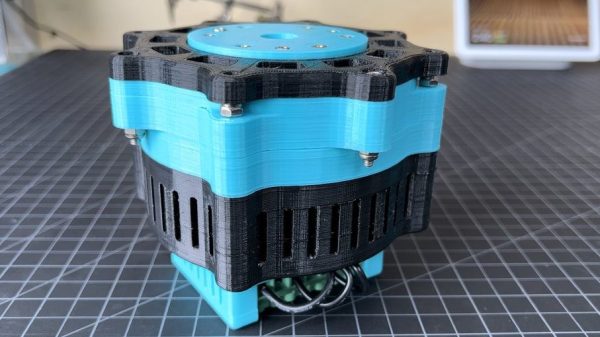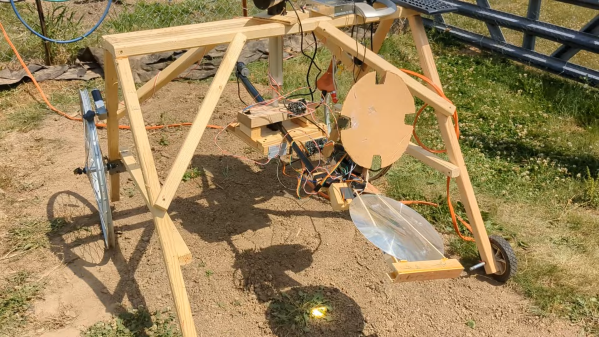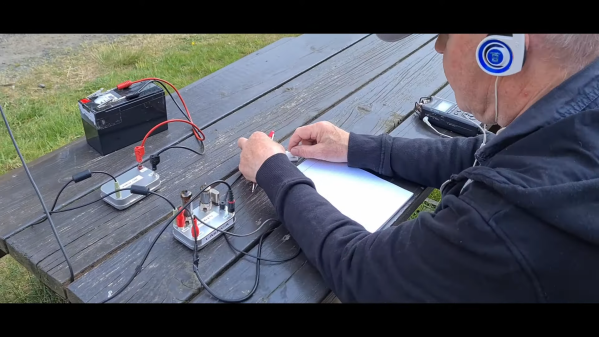Malicious flash drives have come a long ways since the old days of autorun infections. It’s not an accident that Microsoft has tightened down the attack surface available of removable media. So how exactly did a malicious flash drive lead to the compromise of a European hospital? Some sophisticated firmware on the drive? A mysterious zero day? Nope, just hidden files, and an executable using the drive name and icon. Some attacker discovered that a user trying to access a flash drive, only to be presented with what looks like the same flash drive icon, will naturally try to access it again, running an .exe in the process.
That executable runs a signed Symantec binary, included on the drive, and sideloads an OCX that hijacks the process. From there, the computer is infected, as well as any other flash drives in the machine. Part of the obfuscation technique is an odd chain of executables, executed recursively for a hundred copies. Naturally once the infection has rooted itself in a given machine, it takes commands from a C&C server, and sends certain files out to its waiting overlords. Checkpoint Research has attributed this campaign to Camaro Dragon, a name straight from the 80s that refers to a Chinese actor with an emphasis on espionage. Continue reading “This Week In Security:Camaro Dragon, RowPress, And RepoJacking”



















